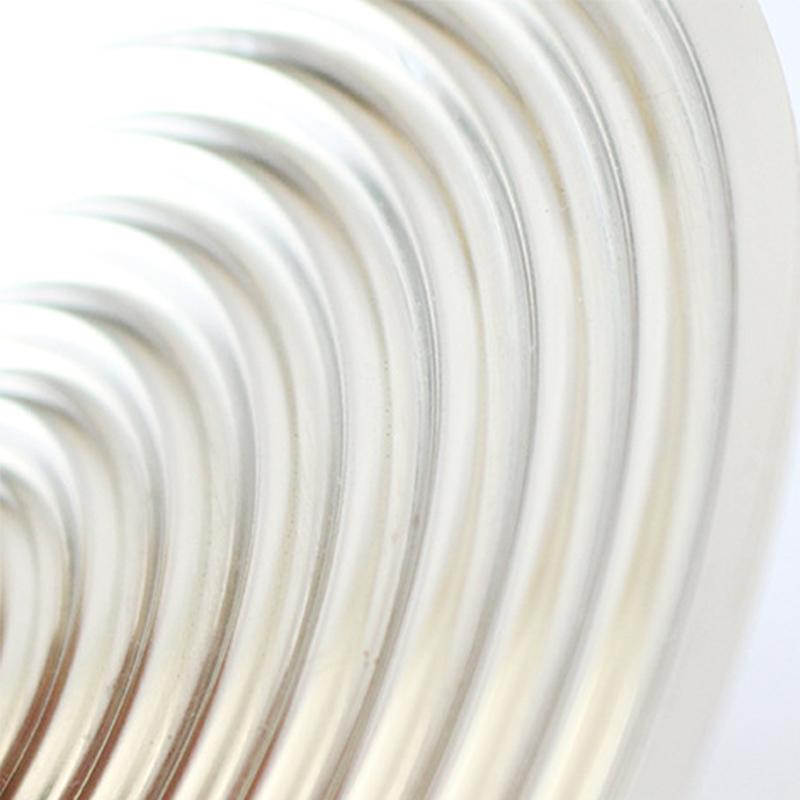
gru . 06, 2024 02:03 Back to list
Diaphragm Pressure Gauge and Its Applications in Industrial Measurement Systems
Understanding Diaphragm Type Pressure Gauges
Pressure gauges are essential instruments used across various industries to measure the pressure of gases and liquids. Among the different types of pressure gauges available, the diaphragm type pressure gauge stands out for its reliability and accuracy, making it a popular choice in many applications.
What is a Diaphragm Type Pressure Gauge?
A diaphragm type pressure gauge operates based on the mechanical deformation of a flexible diaphragm. Typically made from materials like stainless steel or brass, the diaphragm is sealed within a housing and exposed to the pressure being measured. When pressure is applied, the diaphragm deflects, and this movement is transmitted to a pointer via a system of gears and levers, which indicates the pressure reading on a dial.
Working Principle
The working principle of the diaphragm type pressure gauge is relatively straightforward. When the pressure on one side of the diaphragm exceeds atmospheric pressure on the opposite side, the diaphragm flexes. This flexure generates a displacement proportional to the pressure applied. The movement is then converted into a rotational motion that drives the gauge pointer across the calibrated scale.
This design provides several advantages, particularly in terms of sensitivity and accuracy. Diaphragm gauges are capable of measuring both positive and negative pressures, often referred to as vacuum measuring where necessary.
Applications
Diaphragm type pressure gauges are utilized in diverse applications, including but not limited to
jah a diaphragm type pressure gauge

1. Process Industry Commonly found in chemical processing plants, these gauges monitor pressure in reactors, pipelines, and tanks. Their durability is crucial in environments exposed to corrosive substances and high pressures.
2. HVAC Systems In heating, ventilation, and air conditioning systems, diaphragm gauges help maintain appropriate pressure levels, ensuring efficient operation and regulatory compliance.
3. Oil and Gas These gauges are crucial in the extraction and transportation of hydrocarbons, where they monitor pipeline pressures and maintain safety standards.
4. Medical Equipment In medical devices, such as oxygen delivery systems, diaphragm type pressure gauges ensure adequate pressure levels to provide patient safety and comfort.
Advantages
One of the primary advantages of diaphragm type pressure gauges is their durability and robustness. They have no moving parts within the pressure chamber, which minimizes wear and tear. This design also leads to better sealing against leaks, making them suitable for hazardous materials. Moreover, they can handle extreme temperature variations, making them versatile in challenging environments.
Their calibration is generally straightforward, allowing for easy maintenance and accuracy over time. Because of their simple yet effective design, diaphragm type gauges can be produced at a lower cost compared to other types of gauges, such as Bourdon tube gauges, without compromising on performance.
Conclusion
In conclusion, diaphragm type pressure gauges are vital instruments in numerous sectors due to their reliability, accuracy, and versatility. With their ability to withstand harsh conditions and provide consistent readings, they continue to be an indispensable tool for engineers and operators alike. Understanding how these gauges work and their applications can enhance operational efficiency and safety in any setting that requires precise pressure measurement. Whether in industrial processes, HVAC systems, or medical devices, diaphragm type pressure gauges play a critical role in monitoring and controlling pressure effectively.
-
High-Precision 5 Valve Manifold Differential Pressure Gauge Suppliers
NewsApr.29,2025
-
High-Precision Diaphragm Vacuum Pressure Gauges Manufacturers & Quotes
NewsApr.29,2025
-
Omega Differential Pressure Gauges High Accuracy & Durability
NewsApr.28,2025
-
Low Pressure Differential Pressure Gauges Precision Solutions & Quotes
NewsApr.28,2025
-
Digital Diaphragm Pressure Gaauge Precision Measurement & OEM Quotes
NewsApr.28,2025
-
Differential Pressure Gauge China Price High-Accuracy & Best Quotes
NewsApr.28,2025
